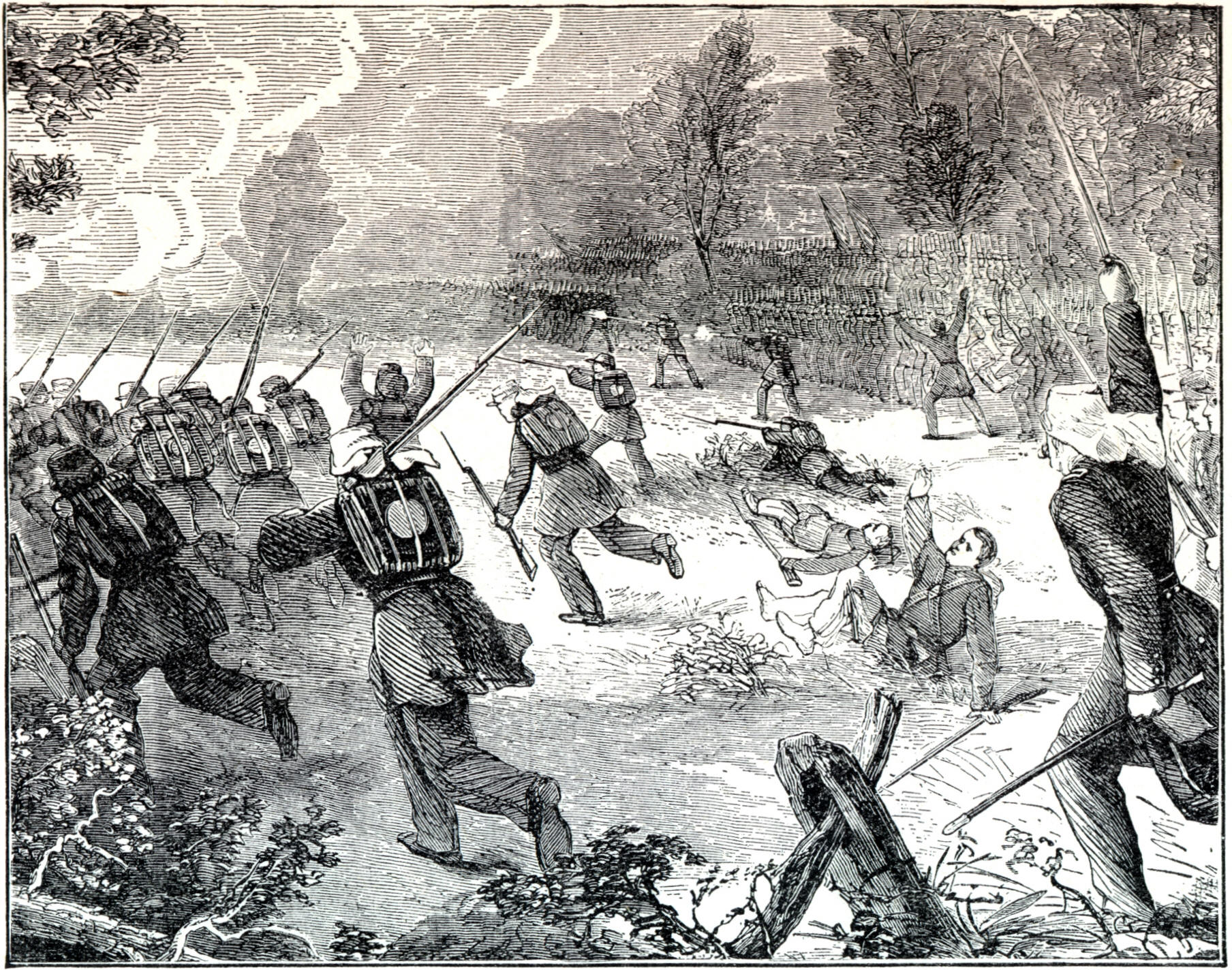How do I make it chaos, but not total chaos? One of the most difficult scenes to write is, hands down, an action scene. An action scene can fall under a lot of categories: A chase, an argument, a battle—basically anything that surrounds a big crowd of characters or even just two, if the writer shapes it that way. The balance between describing too much and too little is extremely delicate.
There’s so much going on in an action scene. Fighting, looking, speaking, moving, reacting, watching, thinking, feeling. And if you go all-out and want to describe this from more than one point of view, I really don’t envy you the task. You have quite a challenge ahead of you. But how to describe what’s in your head without making the page look like one big gnarly mass of random ugly?
Being Kelsey, I always revert back to the list. Those of you who read this blog regularly know that I suggested making a list in creating a character and in plotting out your novel. The same goes for this. I may sound like a broken record, but this is something that really works for me, and for those of you who haven’t tried this strategy, maybe it will work for you, too.
So. Action scenes. Where to begin on the list? Say you’re writing a battle scene between a bunch of… werewolves. No, not werewolves—something unique. Say you’re writing a battle scene between a bunch of… dogs and geese! (The reasoning behind this is that this morning I looked out my window and saw our dog trying to play with one of the geese. The thing was honking like it was being murdered; quite hilarious.) Anyway, dogs and geese. First off, I would write down the characteristics of both parties. Dogs have teeth and claws. Geese have beaks and wings. Keeping this in mind, I would choose a main adversary for my main character.
And the list begins. I would write out a brief paragraph, a battle surrounding just my two characters. Then I would do the same for several other paragraphs, these being different battles for different characters. So now I have several separate battles, none of them confusing because they’re really simple; there is only one dog and one goose to keep track of.
It’s putting them all together on the page that’s the tricky part. If you’re writing from first person, you have to tie all these together and make your main character notice these other battles. And your main character obviously can’t watch the entire length of another battle, being in one herself/himself. So you separate small snippets from the other paragraphs—make these very small—and slowly integrate these into your main characters point of view. Example: As I bring my wing down on the mutt’s head, I hear one of my friends crying out in pain. I swivel to the left just in time to see a dog tear into Beaker’s side. The mutt I’m fighting takes advantage of my distraction; I feel his teeth closing in around my neck.
Dogs and geese fighting is very serious, obviously. And I feel like this entire blog post is chaos, in my trying to explain how to control the chaos. Ironic. So that’s the gist of how I write my own battle scenes. Maybe something else works for you. We all have our niches. But I thought this might help out those that struggle with the chaos.
If some of you are dealing with this exact problem, I have two recommendations for you. Authors that handle writing an action scene beautifully. Suzanne Collins in The Hunger Games, and Annette Curtis Klause in Blood and Chocolate. Not only are these excellent books, but you can learn a lot from them reading through the battle scenes. If any of you have any more suggestions for the rest of us, feel free to comment.
See you guys next week! Oh, and I’m hosting a giveaway on my blog. Check it out if you like free books.
